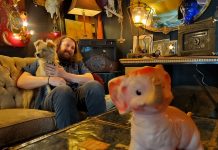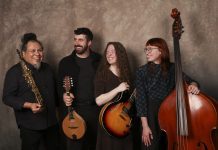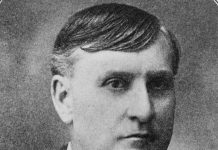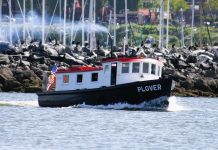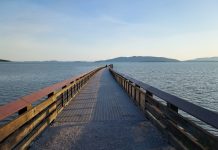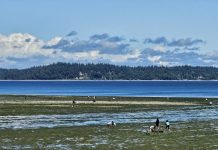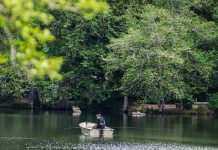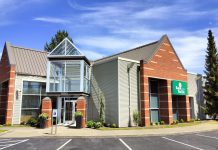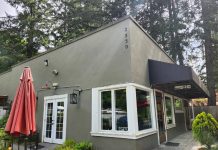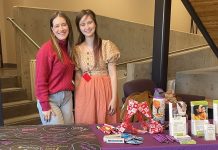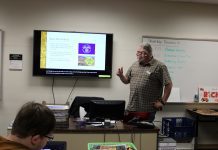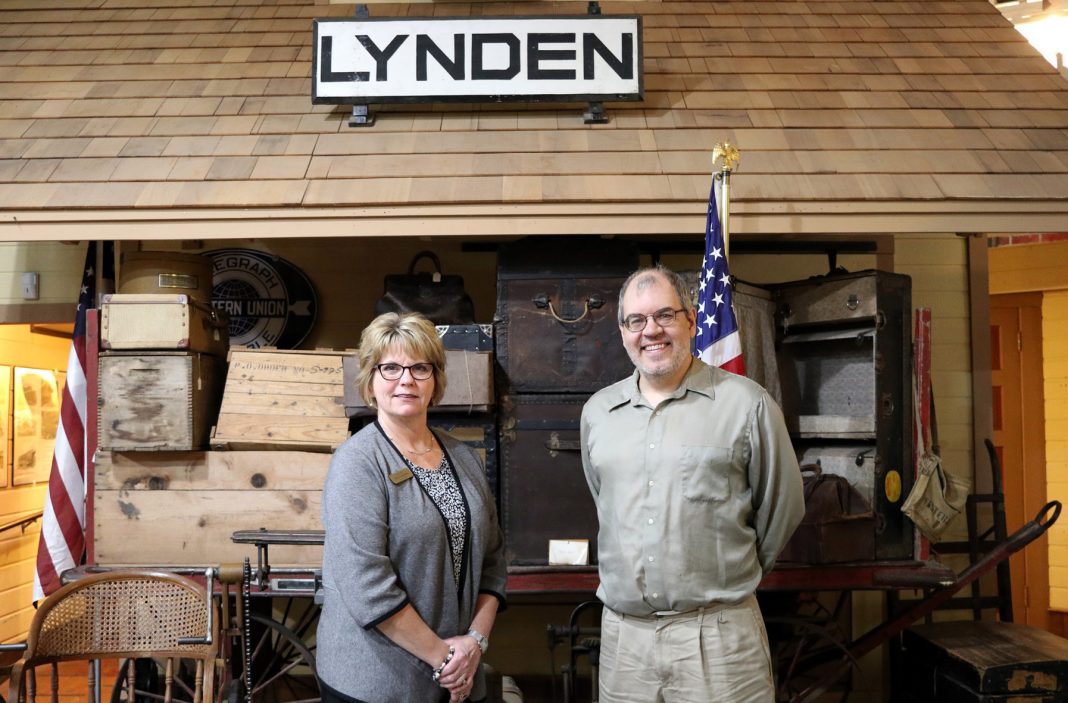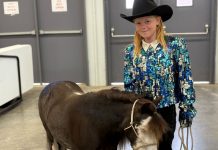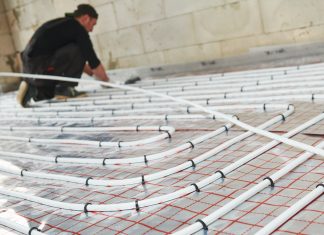For more than 40 years, the Lynden Pioneer Museum has been a staple of Front Street. And just as the museum has committed to preserving and showcasing the history of Lynden’s past, Peoples Bank has committed to serving the needs of Lynden-area residents since the LeCocq family opened the first branch in 1921.
The story of Peoples Bank, says Troy Luginbill, museum director and curator, is that of a family who wanted their community to succeed alongside their business.
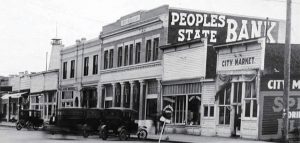
“They helped shape Lynden,” he says. “If you took any aspect of Peoples Bank and the LeCocq family out of Lynden’s history, you would have a very, very different community today.”
To help commemorate Peoples Bank’s upcoming 100th anniversary, the museum will re-name its exhibition gallery “Peoples Bank Gallery.” An old-fashioned Peoples Bank logo will be painted on a brick wall near the entrance to the gallery, and the current bank exhibition will be upgraded.
Mary Compton, district branch manager at the Peoples Bank Lynden Financial Center, says the new exhibit will be a great tribute to all members of the Peoples Bank family.

“Peoples Bank has given a lot to the community throughout the years and continues to support the 23 communities in Washington in which it has branches,” she says.
Further underscoring its commitment to preserving the rich history of Lynden, Peoples Bank recently made a $100,000 donation to the museum’s Endowment Foundation. Luginbill says the endowment operates as a trust, providing general operating support annually, at a set rate, reducing the need for general fundraising by nearly half. The museum is also supported by admissions, memberships, fundraising, gift shop sales, and percentages of a city lodging tax.
Currently at $1.5 million, the endowment will enable the museum to operate at its current budget indefinitely when it reaches $3 million. This, Luginbill says, will enable the Pioneer Museum to plan long-term, and allow it to keep telling future generations of Lynden’s history.
“The endowment is building for our future,” he says. “It’s going to make sure that this museum will be here in perpetuity.”
Humble Beginnings
In 1914, three brothers—Ralph, Irwin (Sr.) and Marion LeCocq—moved to Lynden from the Seattle area. Like many before them, including the pioneers that settled the area, they decided Lynden was the place they wanted to leave their mark.

“So many of these settlers managed to find Lynden, and it immediately became home for them,” Luginbill says, of both early pioneers and the LeCocqs.
While Marion was a doctor, Ralph was an attorney who idolized cowboys. He commonly wore a large cowboy hat, and Luginbill says he wore a holstered six-shooter around his office and downtown Lynden.
Irwin, meanwhile, ran the local Ford dealership for a time. In January 1921, he was one of several founding partners in the new Peoples State Bank, which opened along Front Street in the historic Dyk Building (now Lynden Paint and Floor). The space was shared with the post office, and expanded when the post office moved in the late 1920s.
Compton says Irwin was a man of the people. He’d often be found talking to customers in his office while smoking a cigar, his feet kicked up on his desk.
“Older people still come in and say, ‘I remember Irwin, Sr.! He’d always have that stogie!’” Compton says.

In 1938, Irwin LeCocq, Sr. purchased controlling interest in Peoples Bank, and over the decades, the bank, the town and his family remained intertwined. He became mayor of Lynden in 1948, an office he would hold for more than a decade. By that time, Peoples Bank had more than $2 million in assets.
LeCocq, Sr. remained president of Peoples Bank until 1969, when his son, Irwin, Jr., took over. The bank added more assets and branches, and his son, Charles LeCocq, became president and CEO in 1987. In 2013, he became chairman of the board and CEO, roles he holds today. His son, Ryan, joined Peoples Bank as a commercial lender at Bellingham’s Barkley Village branch in 2019, continuing the family legacy.
“The LeCocqs, with Peoples Bank, knew they were at home in this community,” says Luginbill. “It wasn’t about making money; it was about making a life.”
Preserving History
The Lynden Pioneer Museum opened in November 1976. Although a museum had been discussed for several years, the establishment of a federal bicentennial program expedited its arrival. The program gave participatory U.S. towns “official bicentennial” status (purely ceremonial) by having them do certain activities to collect points. They could also get this status by simply opening a museum.
So the museum began operation, undergoing further expansion in 1982. It’s not only larger than most small-town museums, but also bigger than many state capitol museums. It’s an ever-evolving tribute to Lynden, those who’ve inhabited it, and the tradition, heritage and pride in their community.

The Pioneer Museum is especially unique in that it displays far more of its collection than many museums of a similar size.
“Most museums will have 10 percent of their collections displayed, and 90 percent stored,” says Luginbill. “In our case, it’s like 95 percent on display, and five percent stored.”
Spend a few hours (which you’ll need) inside, and you’ll get a thorough overview of how Lyndenites lived, from the earliest settlers onward. The pioneer experience that’s showcased—fishing, farming, logging and interactions with Native American communities—is one that can be applied to many other areas of Western Washington, Oregon, and British Columbia.
The museum also features the Polinder buggy collection in its basement, the largest collection of horse-drawn vehicles west of the Mississippi River. On the main floor, many exhibits are found inside replica facades of historic Lynden buildings on a faux Front Street. Simply put, this is a museum that must be seen to be believed.
Sponsored

